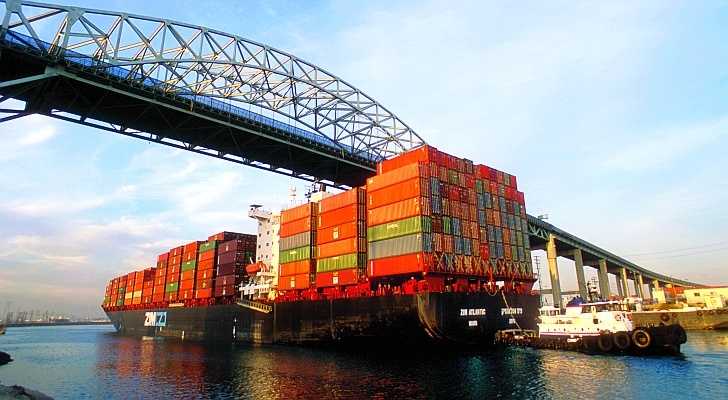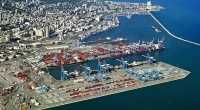Revenues for the quarter up by 22%, to US$1.05 billion
Zim Integrated Shipping Services ltd. boosted traffic in the second quarter, raised rates and cut costs. The company's net loss narrowed in the second quarter to US$47 million in the three months to June 30 from US$68 million in the parallel period in 2011 and US$168 million in the first quarter of 2012.
This left a wider first half net loss of US$210 million compared with $179 million in the year earlier period. Zim swung to an operating profit of US$1 million in the second quarter of 2012 from a US$79 million loss a year ago.
Revenue surged 22% from the preceding three months to US$1.05 billion as volume and average freight rates rose 6%.
Zim, a wholly owned unit of Israel Corp., reported positive cash flow of US$24 million for the quarter, compared with a negative cash flow of $82 million in the preceding quarter and negative cash flow of $6 million in the corresponding quarter. Israel Corp. attributed most of the improvement in Zim's results to higher shipping fees and to streamlining measures by the company.
Shipping companies reported improved operations and better results. Zim carried 6% more containers during the second quarter, and the average shipping freight rates was 6% higher, boosting the company's revenue 22%, compared with the preceding quarter, to $1.05 billion.
Zim lost US$332 million in 2009 compared with a year earlier loss of US$432 million. Zim is the world's 16th largest carrier with a fleet of 96 owned and chartered ships with a combined capacity of 324,726 20-foot equivalent units, according to Alphaliner, the Paris-based consultancy.
Zim has 16 ships totalling 150,400 TEUs on order, representing 32% of its existing capacity. The company noted however that its newbuilding programme remains on hold as it waits to see how market conditions unfold in the face of renewed uncertainty for the container trades after a promising few months.





